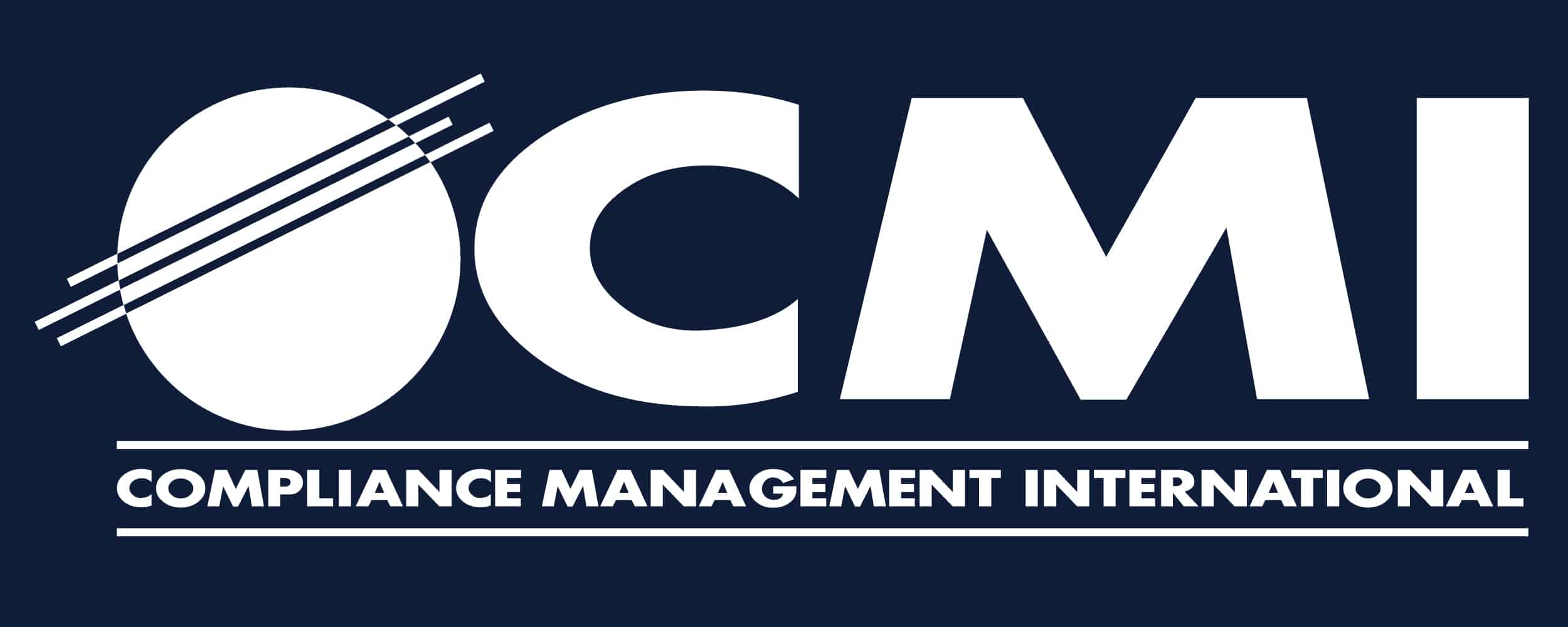
The US Department of Treasury published the final rule to adjust its civil monetary penalties (CMPs) for inflation as mandated by the Federal Civil Penalties Inflation Adjustment Act of 1990. In order to improve the effectiveness of CMPs and to maintain their deterrent effect, this requires Federal agencies (including OSHA) to adjust each CMP. The Act requires agencies to adjust the level of CMPs with an initial “catch-up” adjustment, without needing to provide notice and the opportunity for public comment.
OSHA has different penalty amounts for violations of different levels or seriousness. Below are the adjusted civil penalties for violations that are assessed after January 14, 2022.
OSHA Updated Fee Schedule (2022)
| Type of Violation | Penalty Minimum* | Penalty Maximum* |
| Serious | $1,036 per violation | $14,502 per violation |
| Other-Than-Serious | $0 per violation | $14,502 per violation |
| Willful or Repeat | $10,360* per violation | $145,027 per violation |
| Posting Requirements | $0 per violation | $14,502 per violation |
| Failure to Abate | N/A | $14,502 per day unabated beyond the abatement date (generally limited to 30 day max) |
*per violation
www.osha.gov/memos/2022-01-13/2022-annual-adjustments-osha-civil-penalties
As the monetary citations increase each year, it’s important for companies to enforce and abide by the OSHA regulations, thus reducing their likelihood of getting hit with a hefty fine. OSHA violations are categorized as follows:
- Serious – where there is substantial probability that death or serious physical harm could result from a condition which exists, or from one or more practices, means, methods, operations, or processes which have been adopted or are in use, in such place of employment unless the employer did not, and could not with the exercise of reasonable diligence, knowledge of the presence of the violation
- Other-than-Serious – where an accident/incident or illness that would be most likely to result from a hazardous condition would probably not cause death or serious physical harm
- Willful – where an employer has demonstrated either an intentional disregard for the requirements of the OSH Act or plain indifference to employee safety and health.
- Repeated – if an employer has been cited previously, within the last five years, for the same or a substantially similar condition or hazard
- Failure to Abate – when a previously cited hazardous condition, practice, or non-complying equipment has not been brought into compliance since the prior inspection (i.e., the violation remains continuously uncorrected) and is discovered at a later inspection
- DeMinimis – where an employer has implemented a measure different from one specified in a standard
Recommended Actions:
- These fines can be detrimental to anyone who has multiemployer construction projects underay. Discuss the importance of strict adherence to OSHA regulations and best practices with your contractors and subcontractors.
- Train and discuss the impacts of this new rule with your team leads, foremen, supervisors, superintendents, and project managers. They will be instrumental in ensuring a safe work site and compliance with OSHA standards.
How Can CMI Help:
- Schedule a workplace assessment to see where your company may have liabilities
- Schedule your construction site safety inspections to discuss the OSHA proposed changes and use new information in toolbox talks or onsite meetings with all personnel and subcontractors.
- Ask how we can train your employees or provide briefings at your safety committee meetings!
Reach out to Mark Vaillancourt if you have any questions regarding the adjustment to OSHA’s civil monetary penalties (CMPs).
